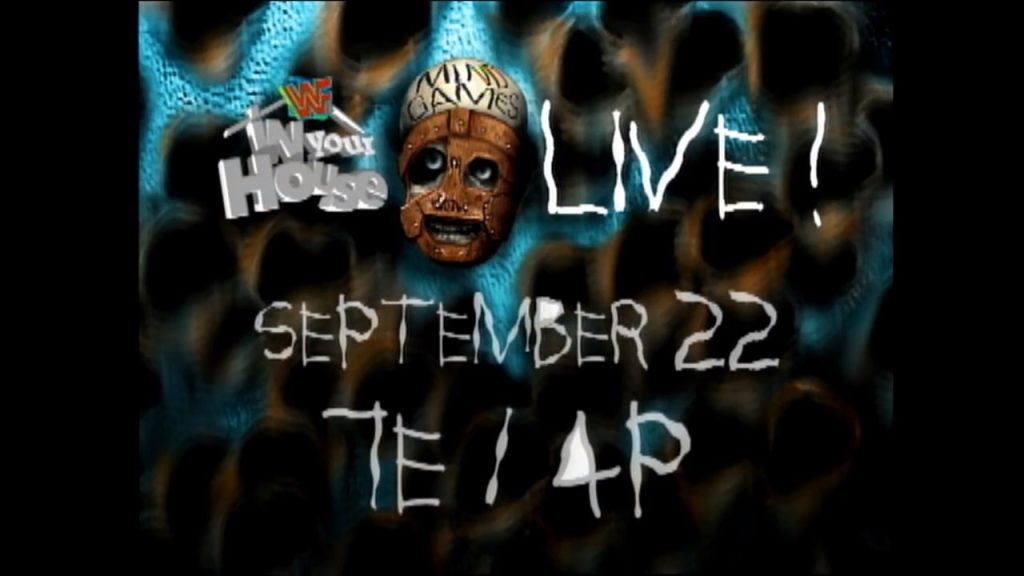Hulk Hogan’s Departure from AWA: A Turning Point in Wrestling History
Hulk Hogan’s exit from the American Wrestling Association (AWA) in the early 1980s marked a pivotal moment in professional wrestling, symbolizing a significant shift in the industry’s landscape. This departure not only impacted the AWA’s business but also served as a catalyst for other stars to reconsider their allegiance to the promotion.
The Rise of Hulkamania in AWA
Hulk Hogan, who had begun to make a name for himself in the AWA, was rapidly becoming one of the most popular wrestlers in the promotion. His charisma, larger-than-life persona, and appeal to the audience were undeniable. Under the guidance of Verne Gagne, the AWA owner and promoter, Hogan honed his skills and developed the character that would later become a global phenomenon. However, despite his rising popularity, Hogan was never given the AWA World Heavyweight Championship in a way that satisfied fans, partly due to Gagne’s preference for technical wrestling over Hogan’s showman style.
The Departure to WWF
Hogan’s departure from the AWA to join Vince McMahon’s World Wrestling Federation (WWF, now WWE) was a watershed moment. Several factors contributed to this move, including creative differences, financial disagreements, and Hogan’s growing ambition for national and international exposure. Gagne’s reluctance to fully embrace Hogan’s character and his insistence on a percentage of Hogan’s Japanese match fees were said to be among the reasons for Hogan’s dissatisfaction.
When Hogan joined the WWF, he became the centerpiece of McMahon’s national expansion strategy. Hogan’s persona was a perfect fit for the WWF’s emphasis on charismatic, larger-than-life characters. His departure was a major blow to the AWA, both in terms of losing their top draw and the message it sent to the wrestling world.
Impact on AWA’s Business
Hogan’s departure significantly impacted the AWA’s business and stature in the wrestling world. It marked the beginning of a talent drain that would eventually lead to the promotion’s decline. Hogan was the AWA’s most popular and marketable star, and his leaving created a void that the promotion struggled to fill. The AWA’s inability to retain its top talent highlighted the changing dynamics in the wrestling industry, where national television exposure and higher pay scales offered by the WWF became increasingly important to wrestlers.
Domino Effect on Other AWA Stars
Hogan’s move to the WWF had a domino effect, encouraging other AWA stars to reconsider their options. Wrestlers like “Mean” Gene Okerlund, Bobby “The Brain” Heenan, and later, stars like Curt Hennig and The Road Warriors, also made the jump to the WWF. This talent exodus weakened the AWA’s roster and diminished its status as a top wrestling promotion. It showcased a shift in power where the WWF began to dominate the wrestling scene, attracting talent with the promise of greater exposure and financial reward.
Conclusion
Hulk Hogan’s departure from the AWA was a critical moment in the history of professional wrestling. It underscored the industry’s shift from regional promotions to a national stage dominated by the WWF. For the AWA, it was a loss from which they never fully recovered, signaling the beginning of the end for one of wrestling’s most storied promotions. Hogan’s move set the stage for the rise of the WWF as a wrestling powerhouse and the dawn of a new era in the sport, driven by charismatic superstars and nationwide television exposure.




